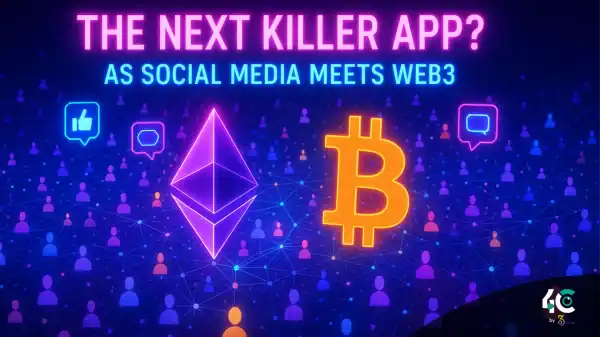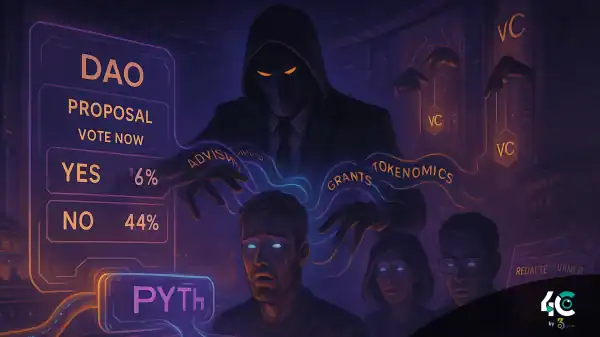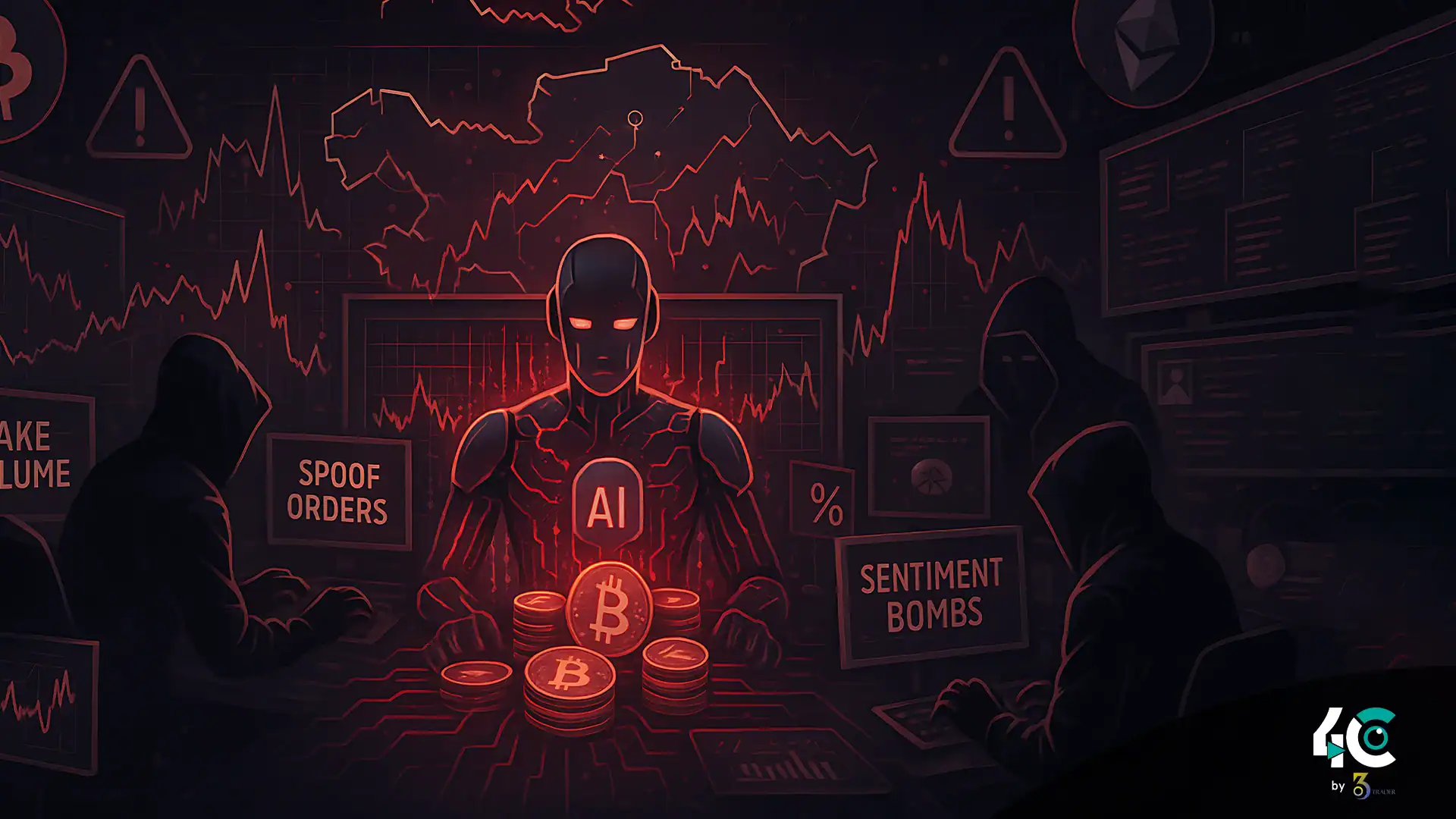The Rise of Bot-on-Bot Warfare
With the explosive growth of AI trading bots in crypto, a new class of “bot hunters” has emerged, targeting these bots for profit. These aren’t hacks—they’re acts of financial warfare.
Here’s what they do:
- Trigger false liquidations
- Steal MEV (Miner Extractable Value)
- Manipulate prices across exchanges
3 Ways to Control or Poison Trading Bots
1. The Fake Breakout Trap
How it works:
- Hunters place fake orders to simulate a breakout.
- Bots detect the pattern and buy into the “pump.”
- Market reverses—hunters dump, bots panic sell at a loss.
This is classic order book spoofing, which is hard to detect but deadly in low-liquidity pairs.
2. The Oracle Exploit
How it works:
- Attackers control price feeds from decentralized platforms like KyberSwap or SushiSwap.
- Bots relying on these DeFi oracles receive fake price signals.
- Example: a spoofed 10% drop in Bitcoin (BTC) triggers mass bot liquidations.
3. The Data Poisoning Attack
How it works:
- Attackers flood social media with AI-generated fake news.
- Sentiment-analysis bots pick up the false narrative.
- Bots make trades based on this fake emotional analysis.
This tactic combines prompt injection with data poisoning—two of the biggest threats in AI.
Who’s Behind the Attacks?
- Rival hedge funds trying to sabotage each other’s bots
- Dark web groups offering malware-as-a-service
- Blackhat developers scanning GitHub for exposed API keys and bot logic
Annual profits from bot manipulation are estimated to exceed $500 million.
Real-World Damage (2024 Examples)
- $120M liquidation during a fake Bitcoin flash crash
- Uniswap bots drained via manipulated liquidity pools
- AI trading firms report 20%+ monthly losses due to poisoned datasets
How to Protect Your Trading Bot
- Use decentralized oracles like Chainlink or Pyth Network
- Restrict your OpenAI API permissions—never allow trading access
- Monitor for abnormal order book activity or sudden shifts in social sentiment
- Implement a manual stop-out rule when strategies deviate unexpectedly
Reminder: Your bot is likely not under attack—yet.
The Future: AI vs. AI Wars
- 2025: Bots learn to detect fake breakouts
- 2026: Hunters use GPT-6 for deeper deception
- 2027: Regulators ban select algo-trading strategies
In the end, only the most ruthless, self-learning bots will survive.
Why This Matters Now
- The majority of crypto trading volume is bot-driven
- Retail traders often become unintentional victims
- Exchanges profit from volatility—and look the other way
The Bottom Line
Crypto markets are now code vs. code—bot vs. bot—in a high-stakes game of deception.
It’s a Robot Battle in a Rigged Arena.
Will your strategy evolve—or get gamed?


































